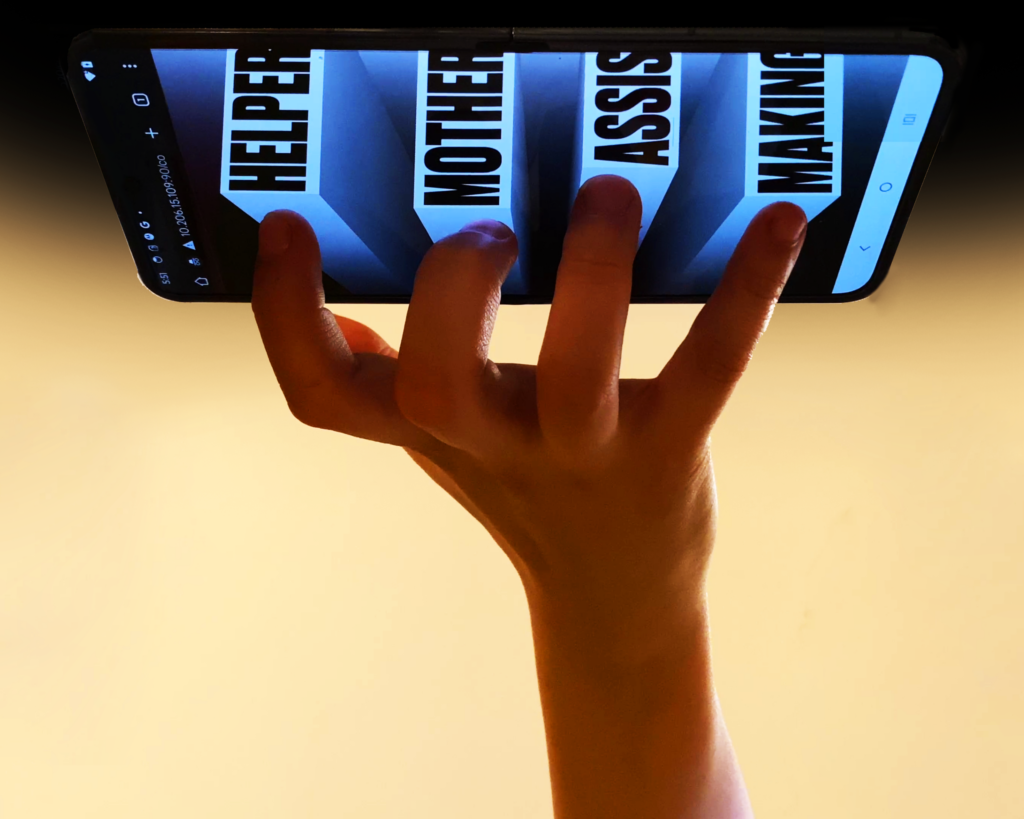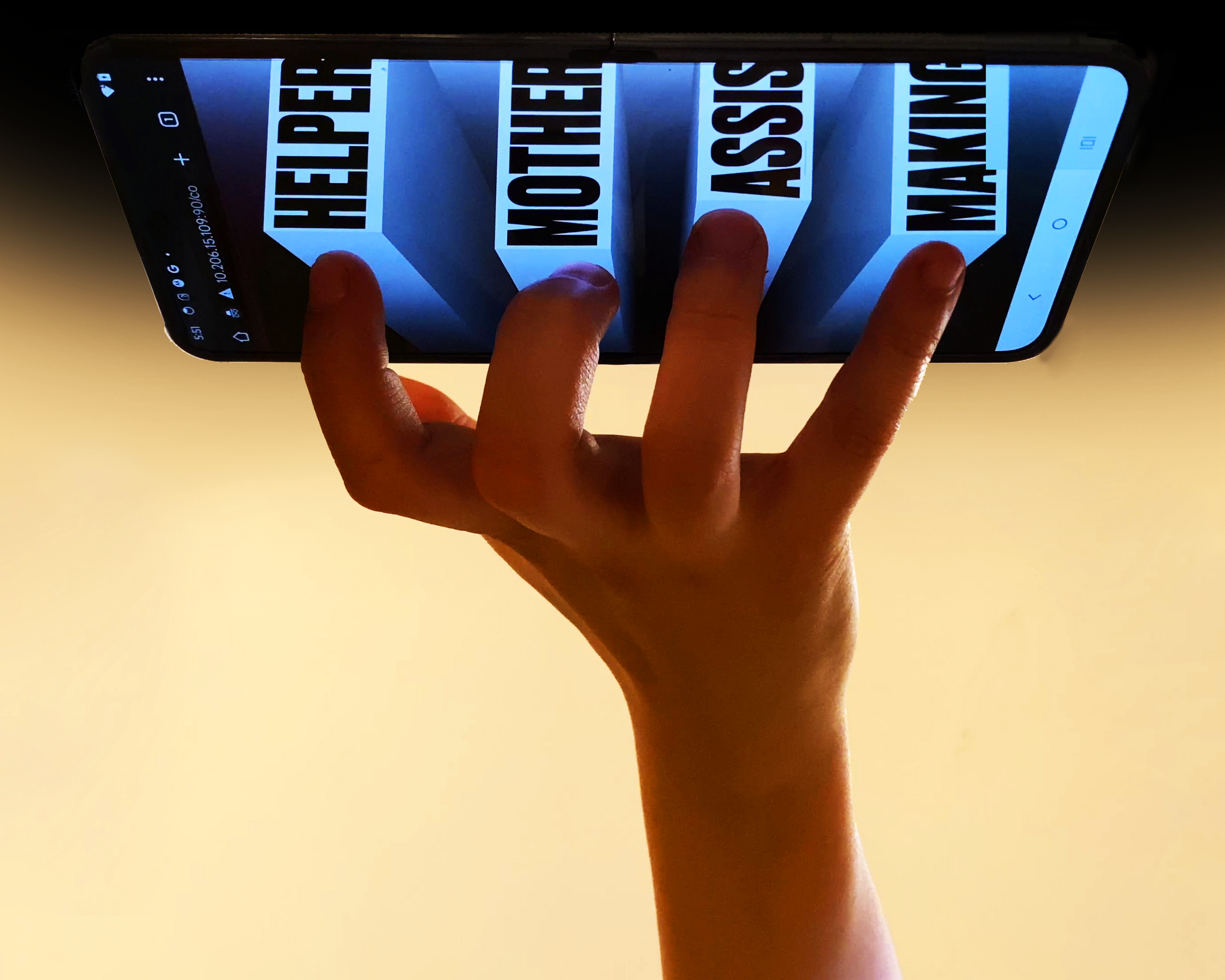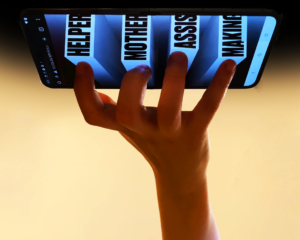What’s Behind Technology’s Disembodied Female Voices?
If you listen to the many artificial, automated voices that have become prevalent online, the answer doesn’t really matter, as long as she’s helping you.

If you listen to the many artificial, automated voices that have become prevalent online, the answer doesn’t really matter, as long as she’s helping you.
WERE THE NATION’S avid TikTok users ever to lose their favorite app, they — we — wouldn’t just be losing a form of entertainment; we’d be losing a library of cultural signifiers that came into being there, reflections of their time but also shapers of it. Gone, the daughter-dad self-consciously bonded dance routines; gone, the time-lapse speed recipes heavy on “even you can’t screw this up” subtext; gone, for better or for worse, a particular kind of voice that’s dominated the platform in its adolescent years, a voice that is in its own way subtly subversive, if not by design.
If you’ve been on TikTok at all, you know this voice: It’s female and aggressively chipper. It veers from high-pitched to only slightly lower than high-pitched with intonations that defy logic and emphases placed where they ought not to be. It’s a voice destined to say things like, “Hey, can I play too?” when there’s clearly no need or room for one more player. It’s the vocal equivalent of Miracle Whip, or rather, Miracle Whip that’s been left out on the counter for too long — just slightly off. The voice, named Jessie, is a popular (formerly default) text-to-speech option on TikTok that became briefly ubiquitous, an aural meme.
For some TikTok users and content generators, there must be something subconsciously intriguing about the subtle artificiality of a voice generated with the help of A.I. — Jessie offers an uncanny valley of sound, the merging of something familiar with something digital and therefore a tiny bit detectably alien. The voice, which was generated from that of a real person and named, perhaps, to represent someone young and accessible, rather than a bot formulated in a lab, has quickly come to represent a familiar recurring sound on TikTok, like the Shangri-Las sample made ubiquitous by the rapper Capone: “Oh, no — oh, no — oh, no, no, no, no, no.” On a Reddit thread called “TikTok A.I. Voice Narration Is Insufferable,” one person wrote, “That A.I. lady’s voice makes me want to throw things. I can’t be the only one.” Added another Redditor, “You will want to scratch your own eyes out after hearing this voice!” Even an A.I.-assisted female voice can apparently provoke the same rage that merely human vocal fry and upspeak have for the past several decades.
Jessie seemed to reach peak use soon after being introduced in 2021, the latest in a long line of disembodied female voices that were products of their respective ages of technology. From the beginning, those voices were highly regulated and controlled so as not to provoke certain outrage, as if it were a given that a woman virtually freed of her uterus and visual sexual signifiers would obviously pose some considerable threat. Consider the guidelines of a pamphlet for operators published by the Chicago Telephone Company in the early 20th century and called “First Lessons in Telephone Operating.” The book was used to train some of the first generations of disembodied female voices — belonging to women who were given entree into a new line of work only because the young men who preceded them found the job so annoying that they were, in fact, uncontrollably rude. “The training of the voice to become soft, low, melodious and to carry well is the most difficult lesson an operator has to learn,” the guide reads. The women were underpaid, overworked — and highly scripted for niceness, according to a former operator interviewed on “American Experience,” the PBS documentary series, in a 1997 episode devoted to the history of the telephone. If a caller said, “You’re a stinker,” the veteran operator recalled, she could respond only one way: “Thank you.”







